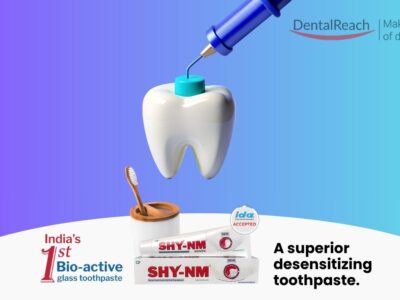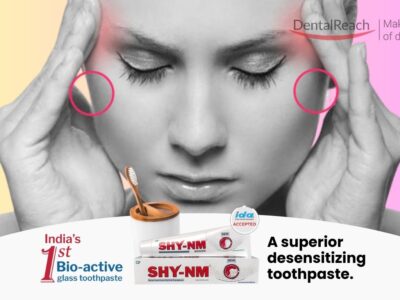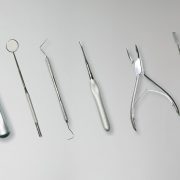The use of artificial and augmented intelligence(AI) in dentistry is expanding rapidly, bringing new possibilities for patient care and practice management. However, this growth also calls for clear guidelines to ensure responsible and ethical implementation.
Dr. Robert Faiella, chair of the ADA Standards Working Group 12.7 on Artificial and Augmented Intelligence in Dentistry, emphasizes the need for guidance in this evolving landscape. “By embracing established standards and staying informed about evolving best practices, dentists can harness the transformative potential of AI while upholding their ethical and professional obligations to provide safe, effective, and equitable care,” he said.
AI in Dentistry
The American Dental Association (ADA) has taken significant steps to establish standards and guidance for AI in dentistry. Since publishing its first white paper on AI in 2022, the ADA has developed two additional standards publications, including the first U.S. standard on AI in dentistry. These documents outline the use of AI in clinical applications such as caries detection, periodontal disease assessment, implantology, oral surgery, and digital imaging, as well as nonclinical areas like claims processing and payment integrity.
One of the key reports, ADA Technical Report No. 1109:2025, stresses the importance of independent datasets for validating AI algorithms in dental image analysis. This would help ensure accuracy and fairness by preventing bias and maintaining data security. Another document, ANSI/ADA Standard No. 1110-1:2025, sets criteria for collecting and annotating radiographic images, enabling AI-based image analysis to be standardized across various clinical and administrative applications.
On an international level, the proposed ISO 18374 standard aims to define requirements for AI-based 2D radiograph analysis, covering essential aspects like data generation, annotation, and processing. This will be the first global standard for AI in dentistry, with the ADA playing a key role in its development.
Dr. Faiella highlights the importance of these efforts, stating, “Standards and regulatory frameworks are essential in guiding dentists toward responsible AI use. By establishing criteria for safety, efficacy, transparency, and fairness, these standards provide a roadmap for evaluating and integrating AI systems into dental practice.”
As AI continues to shape the future of dentistry, adhering to these guidelines will help ensure that new technologies enhance patient care while maintaining ethical and professional standards.
To read or download the ADA documents, visit ADA.org/dentalstandards.




















Comments